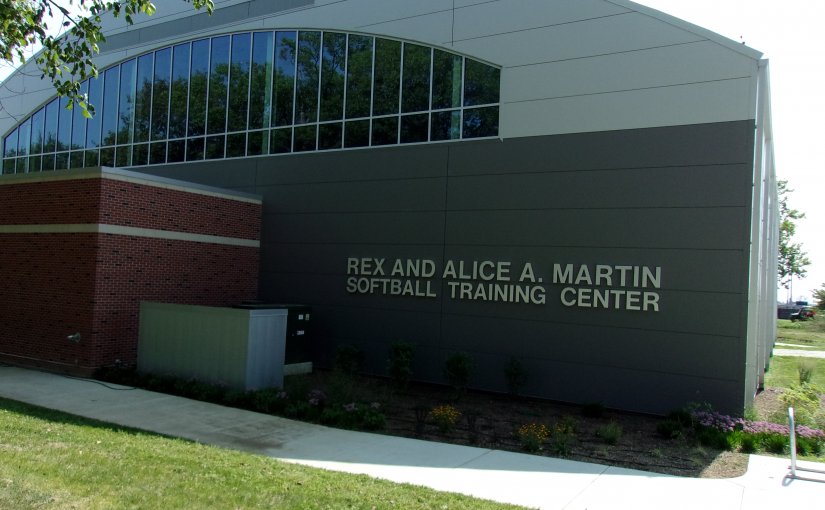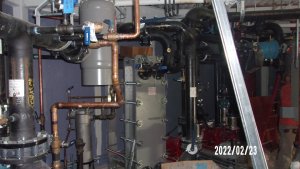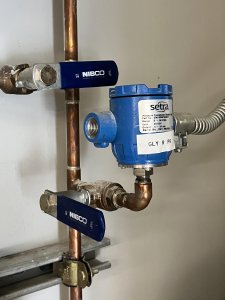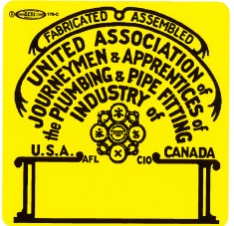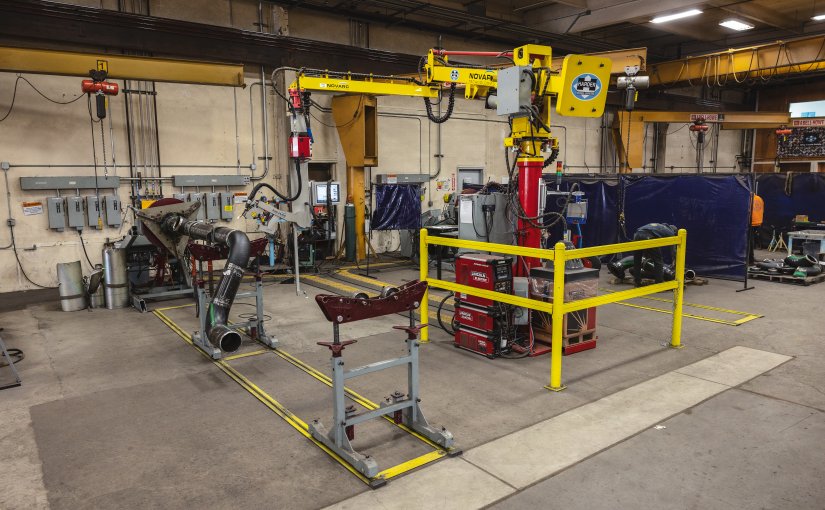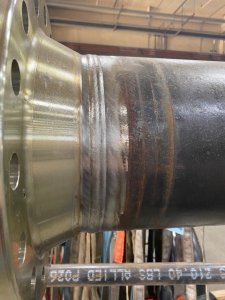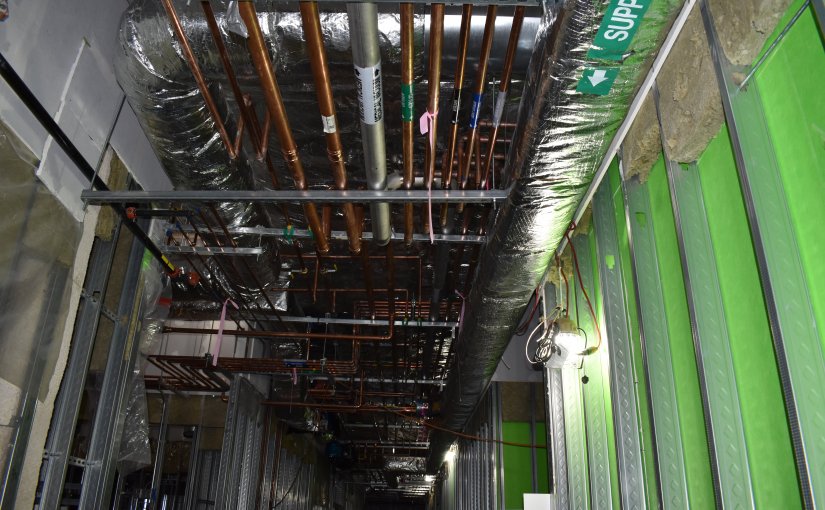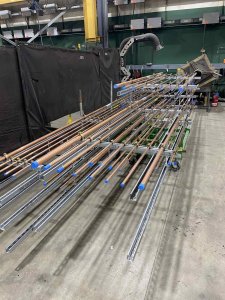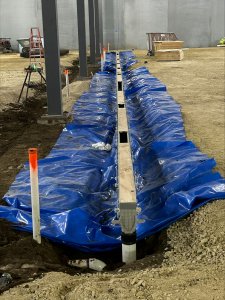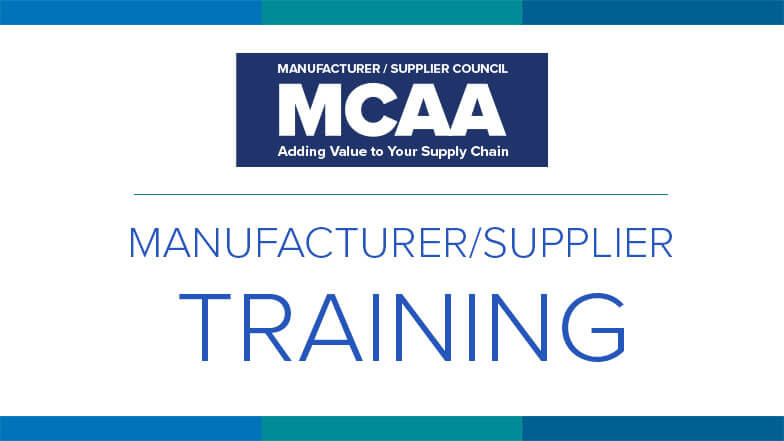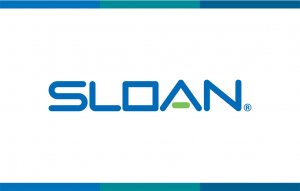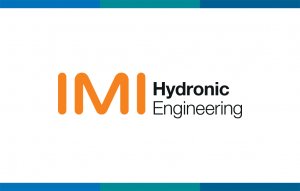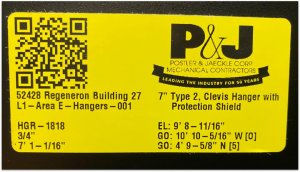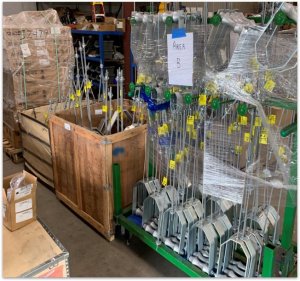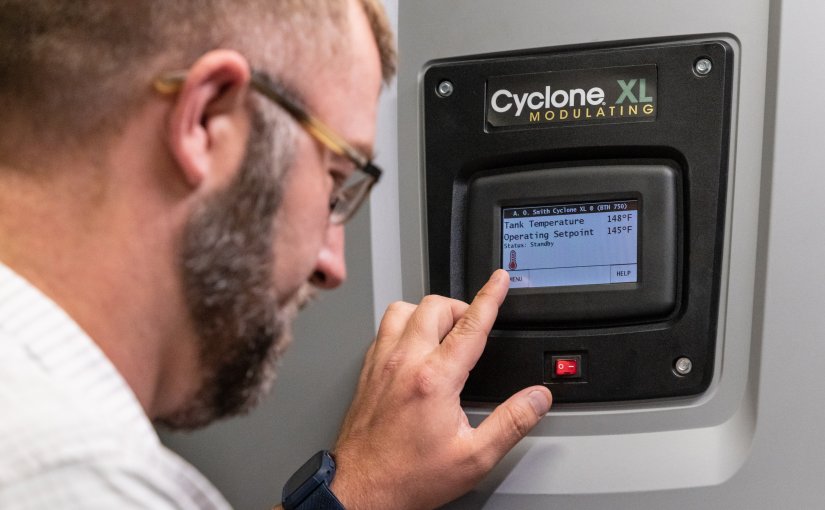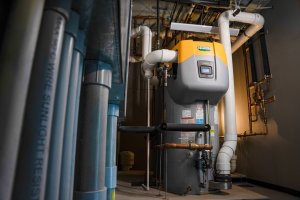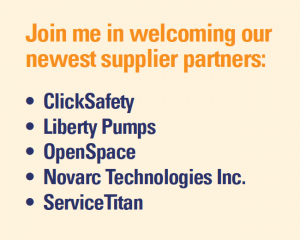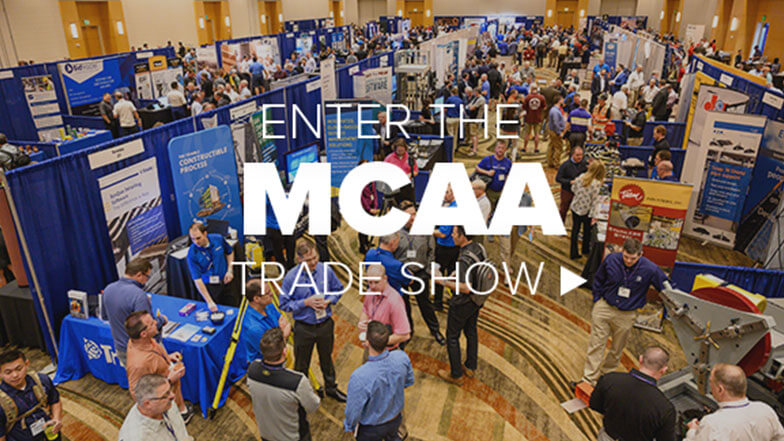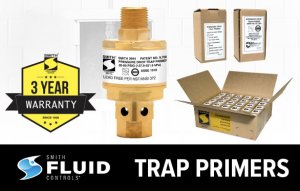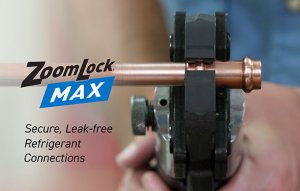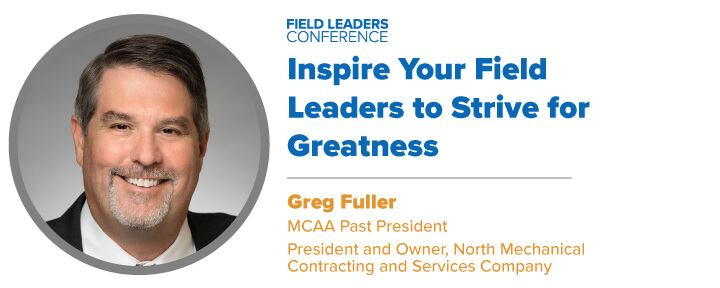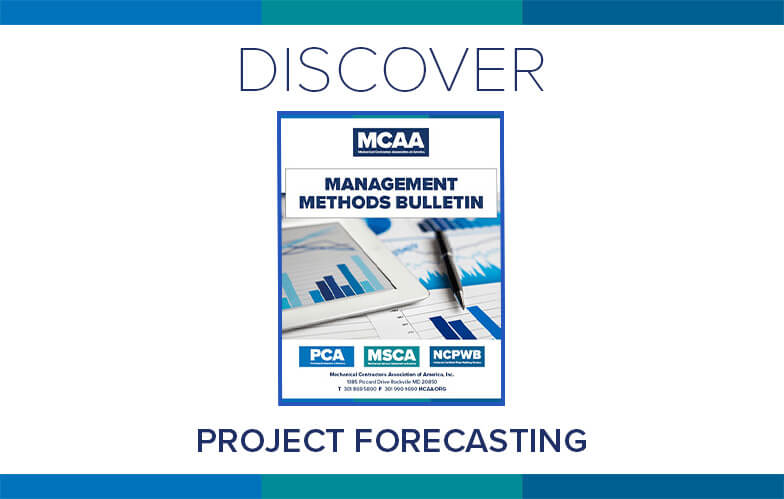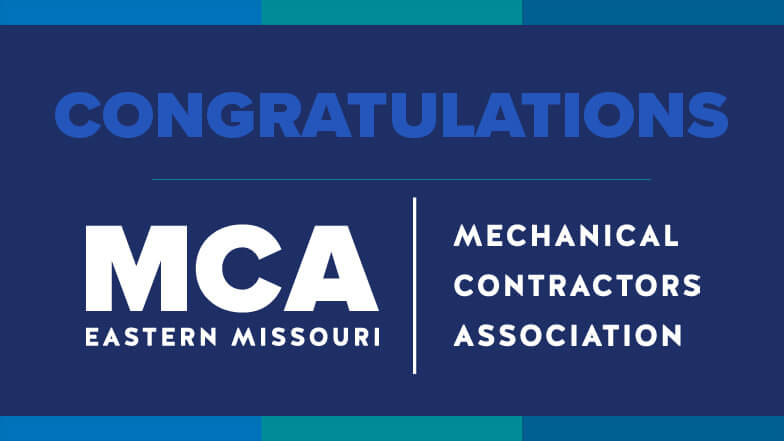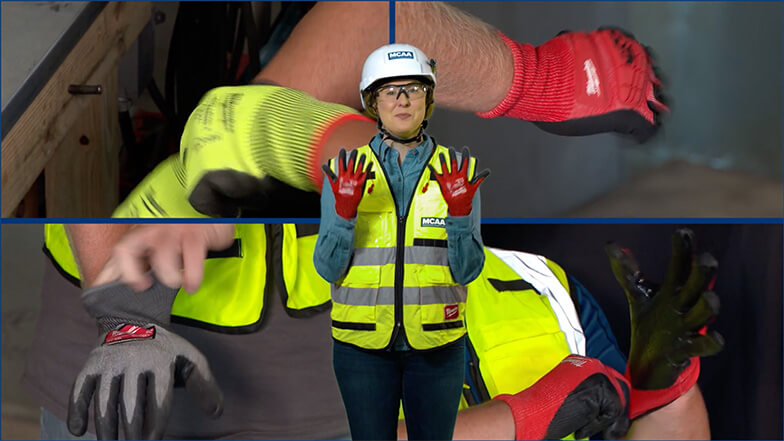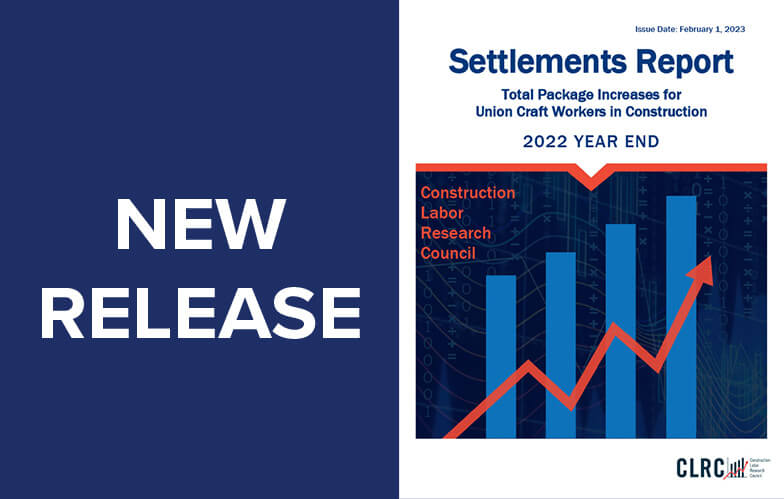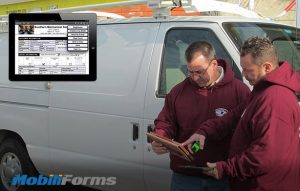Raken Outlines Five Ways to Manage Generational Gaps on the Jobsite
From apprentices to expert craftsmen, the construction industry employs a workforce that spans multiple generations. While an age-diverse workforce brings well-rounded skills and experiences to the table, it is not always easy to manage efficiently. Employee expectations and preferred communication styles vary greatly from generation to generation. With today’s labor shortages and low employee retention rates, if mechanical contractors want to attract and keep top talent, they need to explore strategies to help their age-diverse crews work together effectively.
-
Automate Communications
Clear, consistent communication is vital on a construction project but is one of the most difficult challenges of managing a multigenerational workforce. Each age group is accustomed to sharing and consuming information differently and has unique preferences regarding channels, content, and frequency.
The best way to accommodate a variety of preferences is to use technology to automate communications. For example, daily reporting software that provides report templates, checklists, photo capabilities, automatic notifications—and other features that simplify the way data are collected and shared—helps mechanical contractors reduce errors and misunderstandings.
Traditional methods of communicating in the field, such as handwritten reports or Excel spreadsheets, are time-consuming and leave plenty of room for error. Standardized digital reports remove doubt and help employees of all ages share information in a consistent manner. Field contractors can use templates to capture the right data without guesswork, attaching photos and videos for added clarity. They can also share standardized digital reports instantly, so there is no need to scan documents or compose separate emails, and reports can be collected and combined for managers automatically.
-
Use the Right Technology
Not all technology is created equal. And, just as they have unique communication preferences, older and younger generations prefer to use technology in different ways. When looking for software to improve communications and daily reporting, prioritize ease-of-use to appeal to varying experience and comfort levels. Focusing on solutions that offer intuitive interfaces and simple, easy-to-understand workflows encourages high adoption rates.
Complex software that requires significant training to use may overcomplicate communications instead of streamlining them. Conduct thorough research before investing, and make sure to choose a solution that accomplishes your goals without convoluting simple processes with unnecessary features.
-
Create a Formal Mentorship Program
Younger and older employees will naturally exchange tips and techniques while working together. Creating a formal mentorship program encourages this behavior and gives employees the opportunity to learn on the job, something that is valued by workers of all ages.
Establish official guidelines for mentorship that include approved schedules and subjects to cover. Determine criteria for both program eligibility and completion, and, if possible, provide incentives for both mentors and mentees to participate.
Your program does not need to stick to the traditional structure of older, more experienced workers taking on the mentor role. Young employees may have skills they can share with older workers. Having a formal program promotes employee retention by demonstrating the company’s commitment to its workers’ professional growth.
-
Schedule Diversity Training
Providing diversity training helps employees better relate to and communicate with workers from other generations. It promotes empathy and understanding. Many diversity education programs are available in person and online. Some programs focus specifically on age diversity. You may even be able to devote several toolbox talks to this topic.
Training can also teach interpersonal skills that workers can use to identify and resolve conflicts related to age differences. These soft skills help current managers mitigate age gaps in the workforce and help younger employees grow into management positions.
-
Seek Feedback
Don’t overlook one of the simplest ways to better manage age-diverse employee groups: ask your employees for feedback. While different generations tend to share preferences among themselves, not every member of a given age group feels exactly the same. You may be surprised by some of your employees’ preferences and pain points.
Choose a method—or methods—for gathering employee feedback and invite employees to provide honest opinions about the company’s processes and procedures. Review the information you receive to identify areas for improvement. Address common concerns, and if concerns cannot be resolved, explain why. Employees of all ages appreciate being heard and feeling recognized by their employer.
Read Raken’s blog post for more insights on how communication improves productivity in construction. https://www.rakenapp.com/blog/how-communication-improves-productivity-in-construction
To learn more about field-first reporting that is easy for all generations to use, visit www.rakenapp.com.

